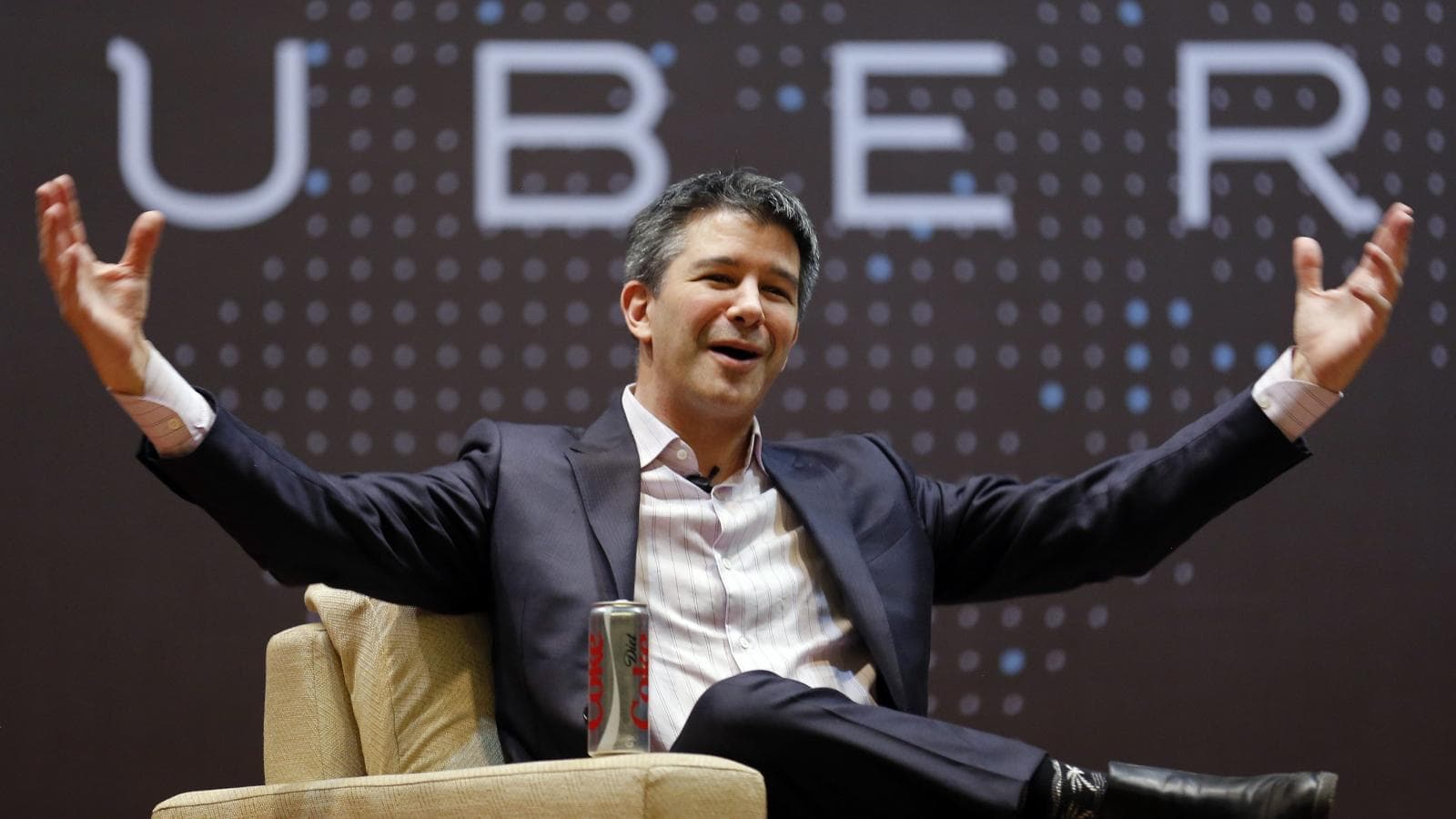Introduction
2019 was a year with a lot of successful companies going public, but today I want to speak specifically about the company with the biggest valuation, which is Uber.
Uber Technologies (UBER) explosive growth and constant controversy made it one of the most fascinating companies to emerge over the past decade. The firm, founded in 2009, soon grew to become the highest valued private startup company in the world. Uber today is valued more than the market cap of Ford Motor Company (F) and General Motors Company (GM) COMBINED.
But it was a long journey to get to where they are right now. Let's dive deep and find out how they started, how the brought the idea to life and what challenges did they have during their journey from which we can learn valuable lessons.
Uber's early days
Uber’s story began in Paris in 2008. Two friends, Travis Kalanick and Garrett Camp, were attending an annual tech conference.
As a background, In 2007, both men had sold startups they co-founded for large sums. Kalanick sold Red Swoosh to Akamai Technologies for $19 million while Camp sold StumbleUpon to eBay (EBAY) for $75 million.
The concept for Uber was born one winter night during the conference when the pair was unable to get a cab. Initially, the idea was for a timeshare limo service that could be ordered via an app. After the conference, the entrepreneurs went their separate ways, but when Camp returned to San Francisco, he continued to be fixated on the idea and bought the domain name UberCab.com.
In 2009, Camp was still CEO of StumbleUpon, but he began working on a prototype for UberCab as a side project. By summer of that year, Camp had persuaded Kalanick to join as UberCab’s ‘Chief Incubator’. The service was tested in New York in early 2010 using only three cars, and the official launch took place in San Francisco in May.
Ryan Graves, who was Uber's General Manager and an important figure in the early stages of the company, became CEO of Uber in August 2010. In December 2010, Kalanick took over again as CEO, while Graves assumed the role of COO and board member.
The ease and simplicity of ordering a car fueled the app’s rising popularity. With the tap of a button, a ride could be ordered; GPS identified the location and the cost was automatically charged to the card on the user account. In October 2010, the company received its first major funding, a $1.25 million round led by First Round Capital.
In October 2010, the company received a cease-and-desist order from the San Francisco Municipal Transportation Agency. One of the main issues cited was the use of the word "cab" in UberCab’s name. The startup promptly responded by changing the name UberCab to Uber and bought the Uber.com domain name from Universal Music Group.
2011 was a crucial year for Uber’s growth. Early in the year, the company raised an $11 million Series A round of funding led by Benchmark Capital and it went on to expand to New York, Seattle, Boston, Chicago, Washington D.C. as well as abroad in Paris. In December at the 2011 LeWeb Conference, Kalanick announced that Uber raised $37 million in Series B funding from Menlo Ventures, Jeff Bezos, and Goldman Sachs. In 2012, the company broadened its offering by launching UberX, which provided a less expensive hybrid car as an alternative to black car service. In June 2016, Uber raised $3.5 billion from Saudi Arabia's Wealth Fund.
Surge Pricing Backlash
Uber uses an automated algorithm to increase prices based on supply and demand in the market. On New Year's Eve 2011, prices soared to as much as seven times standard rates, fueling negative feedback from users. Surge pricing triggered outrage again during a snowstorm in New York in December 2013. More recently Uber committed to capping surge pricing during several blizzards in New York City.
During its expansion, Uber has met fierce resistance from the taxi industry and government regulators. As part of their strategy to mitigate the opposition, the company hired David Plouffe, a high-profile political and corporate strategist who worked on Obama's 2008 presidential campaign.
In 2014, taxi drivers in London, Berlin, Paris, and Madrid staged a large-scale protest against Uber. Taxi companies have claimed that since Uber avoids their expensive license fees and bypasses local laws it creates unfair competition. The case was heard by Europe's top court in December 2016. Uber lost its license to operate in London where the company has 40,000 registered drivers in October 2017.
Additional Services
Uber has a merchant delivery program for food deliveries called Uber Eats. Uber also offers UberPool, which allows drivers to pick up multiple riders on one scheduled ride, which makes it a cheaper option compared to UberX and UberBlack. In 2017, the company in partnership with Barclays has rolled out a co-branded rewards credit card in the U.S. The Uber Visa Card reportedly will be free and come with a $100 starting bonus. It would also offer cash back on spending including dining, airfares and certain online transactions.
On July 9, 2018, it was announced Uber is investing in the electric scooter rental company, Lime, in collaboration with Alphabet Inc.'s Google Ventures (GOOG). Uber plans to promote Lime through its app and brand its own logo on the scooters. Uber made similar efforts with the startup JUMP Bikes before acquiring the business for reportedly close to $200 million in April 2018.
The Bottom Line
Like Google, Apple Inc. (AAPL) and Tesla Motors (TSLA), Uber is also gearing up for a future of driverless cars. The company is currently planning to get a permit for its self-driving cars in California. However, the road has been bumpy so far, especially since Alphabet Inc's (GOOG) Waymo sued Uber for theft of self-driving technology, not to mention the ousting of its own founder and CEO. Uber hit perhaps its worst snag yet in March 2018, when a self-driving car fatally struck a pedestrian, causing the company to temporarily suspend all testing. In May 2018, Uber announced that it would halt its Arizona testing program but would conduct it elsewhere. In July 2018, Uber's self-driving cars made their return in Pittsburgh. Time will tell if they can turn it around.
After almost a decade of disruption, Uber has finally gone public in May pricing their shares at 45$. Uber raised $8.1 billion in its early May float, achieving an initial market cap of roughly $70 billion. In the last four weeks, Uber’s stock price has remained relatively stable, hovering between $40 and $43 per share.
Let me know what do you think about Uber's future down bellow.



